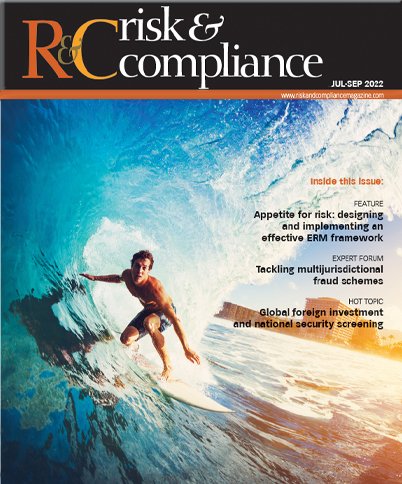GRAPPLING WITH THE COST OF COMPLIANCE
Many companies with a short-term view of risk invest in compliance only as a remedial measure after a violation has occurred and large fines are imposed, and not as a preventive measure before violations occur. Another common fault of small and medium-sized companies is that they can be unaware of compliance requirements.
Once they are aware, the duties are passed off to one or two people as a secondary responsibility. This is particularly troubling given the dramatic increased efforts in enforcement and regulations related to international trade and sanctions. The question becomes: can compliance be cost effective and risk averse in a business environment where competition is getting very intense? The answer is yes.
One approach is to perform thorough risk analysis and risk profiles of business activity, supply chains and suppliers. Plus, management needs to better understand the compliance function, so that they can show a direct relationship between staff and work. Compliance departments need to become self-promoters of what is needed to comply and how the compliance department helps achieve that goal.
There are four elements that are essential for a compliance programme to be cost effective. First, cost avoidance, meaning a direct reduction in potential cost tied to the efforts of the compliance department. Second, ensuring the compliance department operates efficiently in its duties. Third, effectively using metrics and reporting. Finally, ensuring the compliance department effectively leverages its relationship with regulatory agencies to minimise regulatory impediments for the business.

